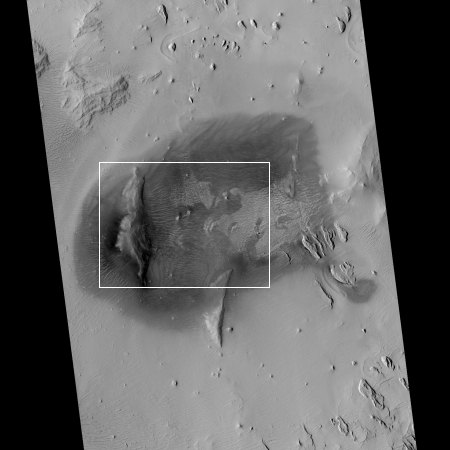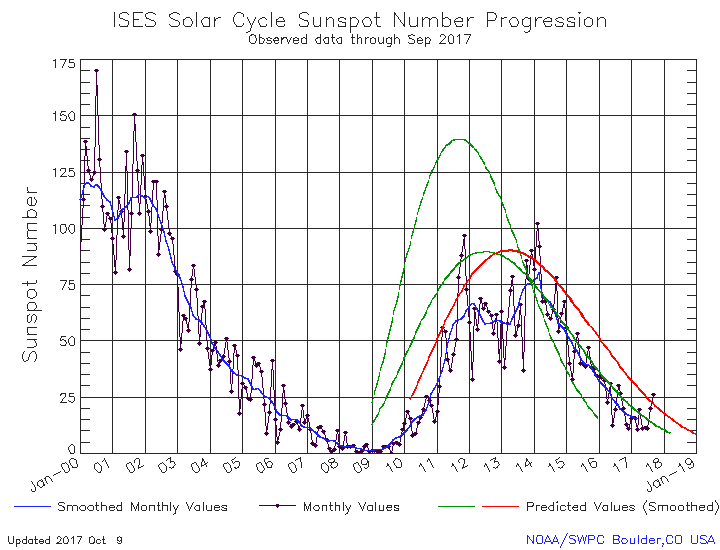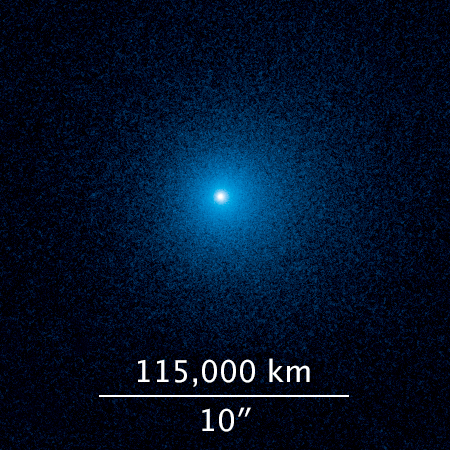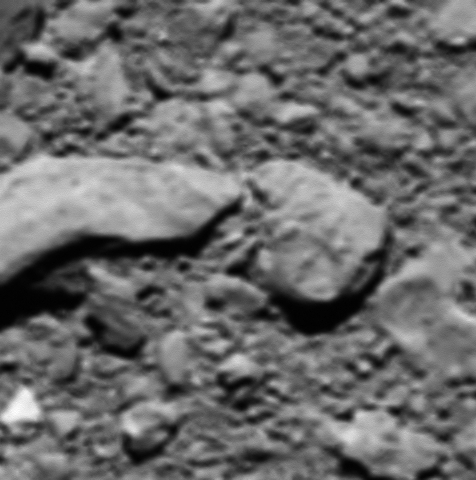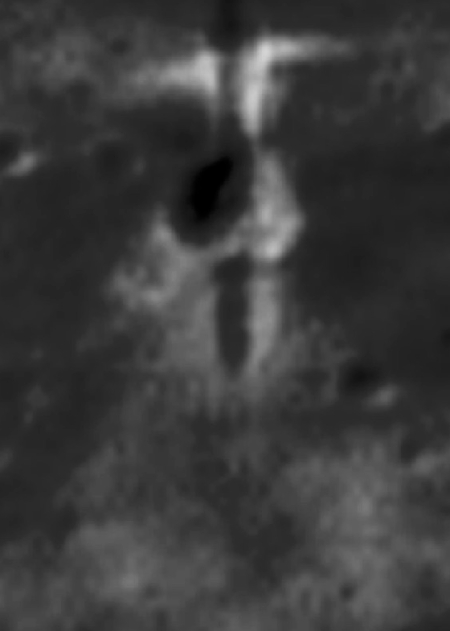Nearby asteroid orbits both the Earth and the Sun
Worlds without end: Astronomers have determined that a recently discovered object with a weird solar orbit that also has it loop around the Earth each year is an asteroid, not space junk.
The asteroid is dubbed 2016 HO3. What is most interesting about this story to me however was this tidbit:
“Of the near-Earth objects we know of, these types of objects would be the easiest to reach, so they could potentially make suitable targets for exploration,” said Veillet, director of the LBT Observatory. “With its binocular arrangement of two 8.4-meter mirrors, coupled with a very efficient pair of imagers and spectrographs like MODS, LBT is ideally suited to the characterization of these Earth’s companions.”
Worlds without end: Astronomers have determined that a recently discovered object with a weird solar orbit that also has it loop around the Earth each year is an asteroid, not space junk.
The asteroid is dubbed 2016 HO3. What is most interesting about this story to me however was this tidbit:
“Of the near-Earth objects we know of, these types of objects would be the easiest to reach, so they could potentially make suitable targets for exploration,” said Veillet, director of the LBT Observatory. “With its binocular arrangement of two 8.4-meter mirrors, coupled with a very efficient pair of imagers and spectrographs like MODS, LBT is ideally suited to the characterization of these Earth’s companions.”

